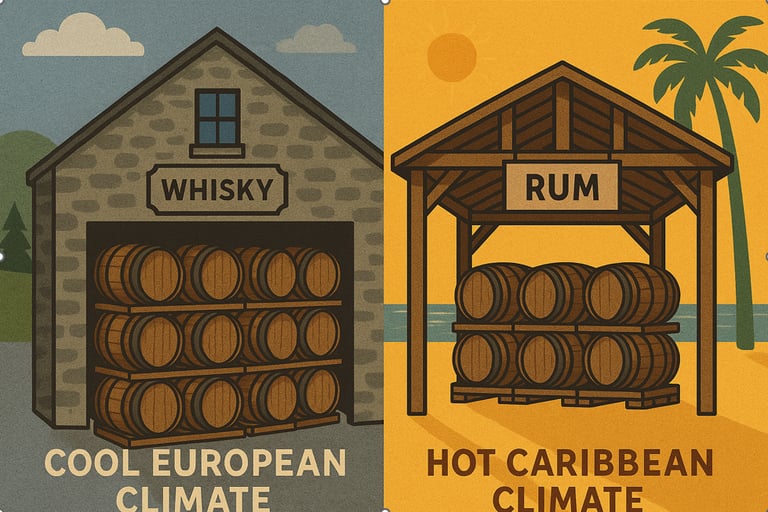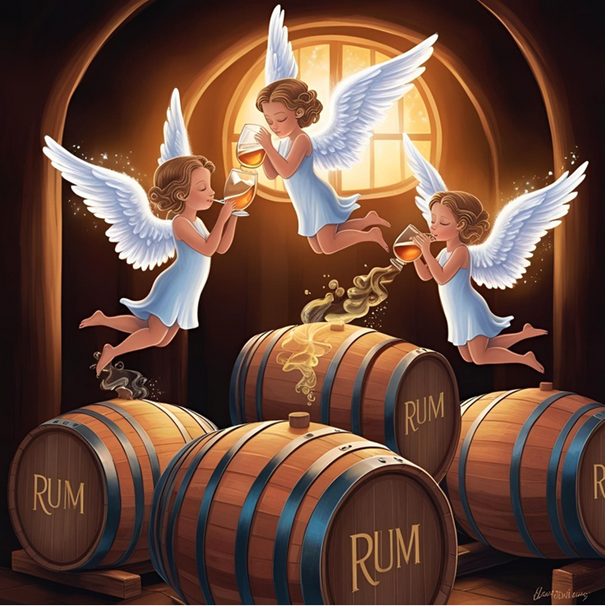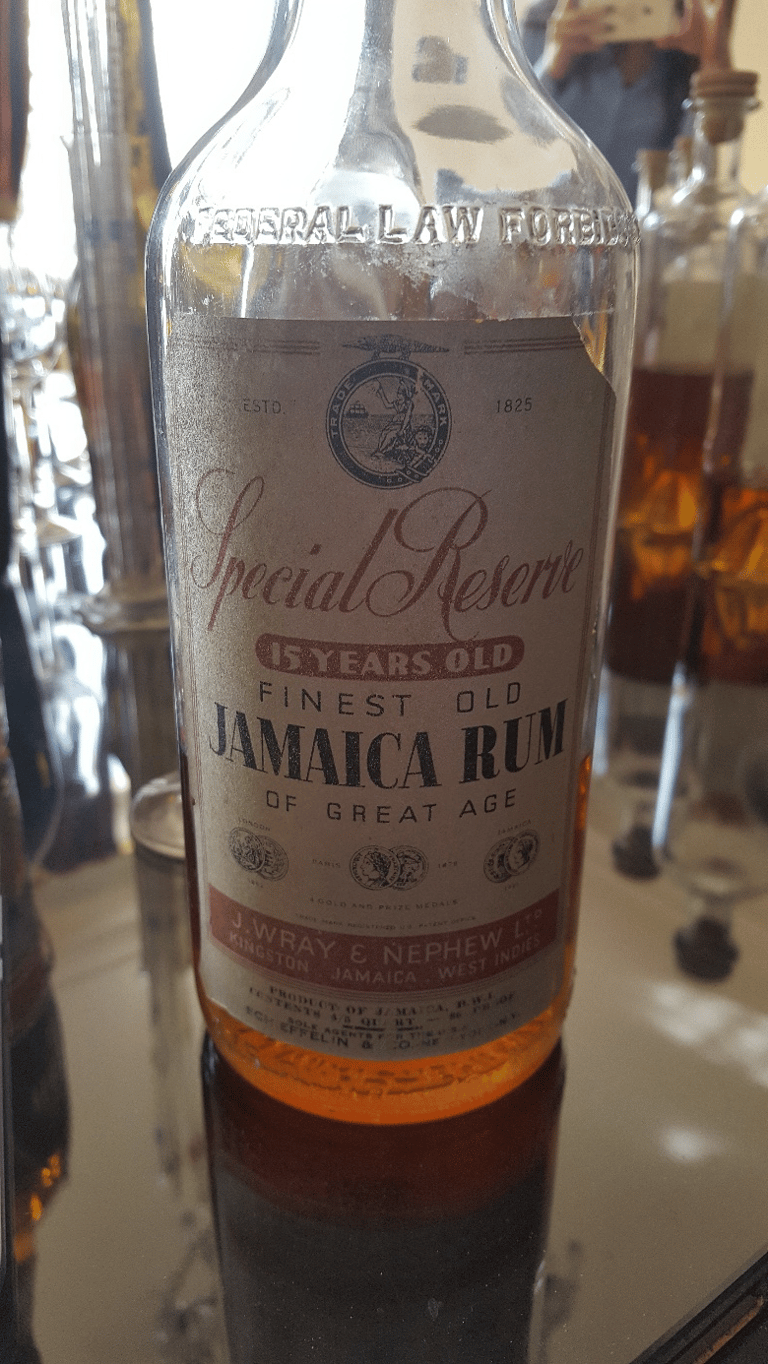Why Are There 40-Year-Old Whiskies but Few Aged Rums?
You've probably seen decades-old Scotch whiskies on sale, but certainly fewer aged rums. Why is this? The answer lies in the conditions under which they are aged, and in particular the famous “angels’ share”.
Nicolas Malfondet
5/13/20253 min read
Aging and the angels’ share
The “angels’ share” refers to the fraction of liquid that evaporates annually through the wood of the cask during the maturation of spirits. In Scotland, or more generally in Europe in temperate climates, the annual loss is generally around 2 to 3% of the initial volume.
This means that a cask filled to 200 L during the first year will see its volume reduced to ~194 L the following year, and then 3% will be lost with each additional year. After 40 years, there are still around sixty liters left in the initial barrel.
On the other hand, in tropical climates such as the Caribbean, evaporation can rise to 6-8% per year, and some even 7-10%. The rate of evaporation generally decreases after a few years, stabilizing at around 6% per year over the long term.
Still for a 200-liter cask, this represents less than a dozen liters after 40 years!


Tropical vs. continental aging
Tropical aging accelerates the extraction of aromatic compounds from the wood (vanilla, spices, tannins), giving rum darker colors and more intense aromas in just a few years. It also accelerates certain chemical reactions such as esterification, responsible for the creation of fruity aromas in spirits.
In continental (European) climates, maturation takes place more slowly, favoring more subtle, balanced profiles. Seasonal temperature variations also help the alcohol to penetrate the wood when climate is hot, and to come out when temperatures are cooler, allowing for interesting extraction and a good marriage of the different aromatic elements.


Exceptions
Some 40-year-old rums do exist, such as the one released in 2024 by Planteray and distilled in 1984 in Jamaica at Clarendon. Stocks of this type of rum are extremely rare. Only 317 bottles have been bottled. Of the 40 years of ageing, the last 5 took place in a continental climate.
Distilled in 1975 in Guyana in the legendary Port Mourant still, Black Tot Rare Old Demerara rum was also aged for 40 years before being released in just 606 bottles from 6 casks.
In addition, ouillage (the technique of topping up the missing volume of a cask with a spirit of the same age) is commonly practiced in distilleries. The emptier a cask, the higher its evaporation rate: it is therefore in the interest of producers to fill casks as full as possible to limit losses. The old rums above have probably benefited from this method, enabling them to survive the passage of time and those pilfering angels!


Conclusion
While whiskies can easily reach 40 years in barrel thanks to a temperate climate and rigorous stock control, rums are subject to evaporation rates two to four times higher, which drastically limits their potential for long aging.
The rare exceptions become museum pieces or curiosities for wealthy connoisseurs, while the market concentrates on rums aged 15 to 25 years, which are more viable both economically and in terms of taste.
And a rum does not have to mature for 4 decades to be fabulous, as evidenced by Wray & Nephew’s legendary Special Reserve, aged “only” during 15 years old.


